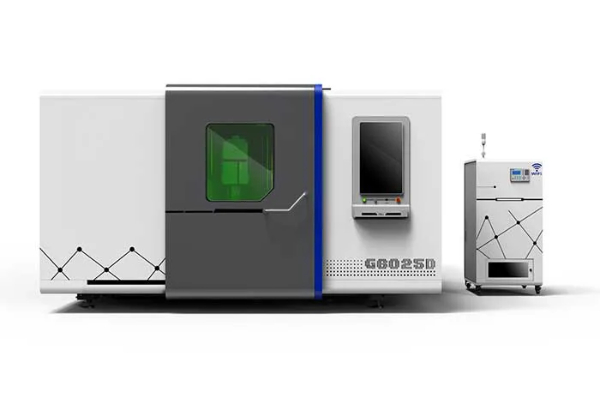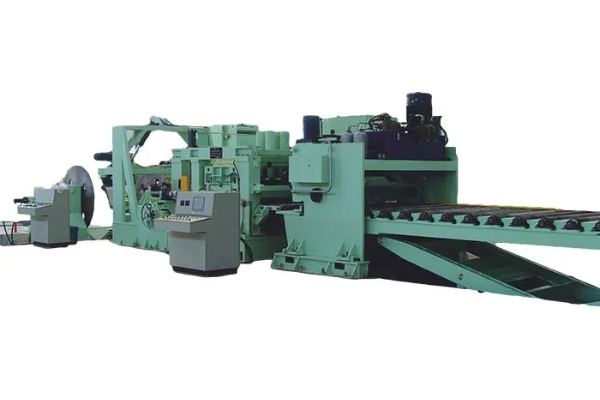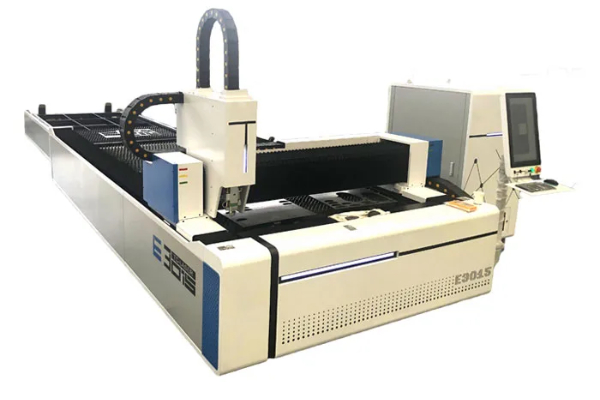
How to Install and Maintain Your Profile Roll Forming Machine
- By:Metmac
- 2024-06-12
- 130
Rolling forming machines are essential tools in metal fabrication, allowing for the precise shaping of metal sheets and coils into complex profiles. Proper installation and maintenance are crucial for ensuring optimal performance, safety, and longevity of your profile roll forming machine.
Pre-Installation Considerations
Before installing the machine, consider the following:
– Site selection: Choose a stable and level surface with adequate space for the machine and its operation.
– Electrical supply: Ensure the availability of a suitable electrical power source and grounding.
– Materials: Gather all necessary tools, equipment, and materials for installation, such as anchor bolts, leveling screws, and lubricant.
Installation Process
– Assembly: Assemble the machine’s components according to the manufacturer’s instructions, using precision tools to ensure proper alignment.
– Leveling: Use leveling screws or shims to adjust the machine’s level in all directions. This is crucial for uniform rolling and product accuracy.
– Anchoring: Secure the machine to the floor using anchor bolts to prevent movement during operation.
– Lubrication: Apply lubricant to all designated points, such as bearings and slides, to minimize friction and extend component life.
Maintenance
– Regular inspections: Conduct periodic inspections to check for wear, damage, or misalignment.
– Lubrication: Lubricate all moving parts according to the manufacturer’s schedule to reduce friction and prevent premature failure.
– Roll maintenance: Inspect roll surfaces for wear or damage. Clean and replace rolls as needed to maintain profile accuracy.
– Electrical maintenance: Ensure the electrical system is functioning properly, including wiring, connections, and safety devices.
– Cleaning: Keep the machine clean to prevent dirt and debris from accumulating, which can affect performance and safety.
Troubleshooting
– Profile defects: Check roll alignment, lubrication, and material properties.
– Machine vibration: Inspect bearings, gears, and couplings for wear or damage.
– Electrical problems: Check power supply, wiring, and safety devices.
Conclusion
Installing and maintaining a profile roll forming machine is essential for its safe, efficient, and long-lasting operation. By following the guidelines outlined above, you can ensure that your machine performs at its optimal level and produces high-quality products. Regular maintenance and troubleshooting help minimize downtime and extend the machine’s lifespan, providing a valuable investment for your metal fabrication business.
-
High-Precision Solutions from Leading Sheet Metal Cutting Machine Manufacturers
2025/09/11 -
Reliable Sheet Metal Equipment for Sale to Support Precision Fabrication
2025/07/17 -
Advanced Duct Machine AC and Fabrication Solutions from Metmac
2025/07/12 -
The Advantages of Using a Sheet Roll Forming Machine in Manufacturing
2024/09/14
-
Advanced Steel Sheet Cutting and Forming Solutions for Modern Fabrication
2025/09/11 -
High-Performance Sheet Metal Cutting and Forming Machines for Modern Manufacturing
2025/09/11 -
Precision and Value: Exploring Metal Sheet Cutting and Roll Forming Machines
2025/09/06 -
High-Performance Sheet Metal Machines for Precision Fabrication
2025/09/06
-
A Guide to the Latest Innovations in Sheet Metal Folding Machines
2024/11/29 -
Key Features to Consider When Investing in a Sheet Metal Folding Machine
2024/11/28 -
Enhancing Precision with Advanced Sheet Metal Folding Machines
2024/11/27 -
How to Choose the Right Sheet Metal Folding Machine for Your Workshop
2024/11/26




